Everyone loves to see a classic car. They are the pinnacle of automotive beauty, whether unbearable tail fins or massive amounts of chrome. They simply stand out from some of the dreary, aerodynamic designs popping up these days. But how long does it take for a car to become a classic car?
Contents
Classic cars are becoming an increasingly common sight on our roads. This applies to so-called "vintage freshers" and to automotive veterans, often 50 years and older. Special rallies and events dedicated to vintage cars are organized,
What does " classic car" mean today?
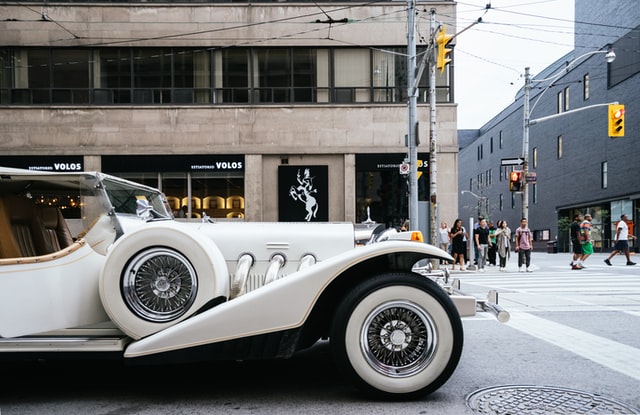
Nowadays, when we talk about a vintage car, we don't necessarily mean such old vehicles that are connected with the beginnings of automotive history. Over the decades, there have been many different types of cars that have become important to the development of the automobile and technology and to human history in general.
However, it must meet a few specific guidelines for a car to be considered a historical monument.
What does a car have to meet to become a classic?
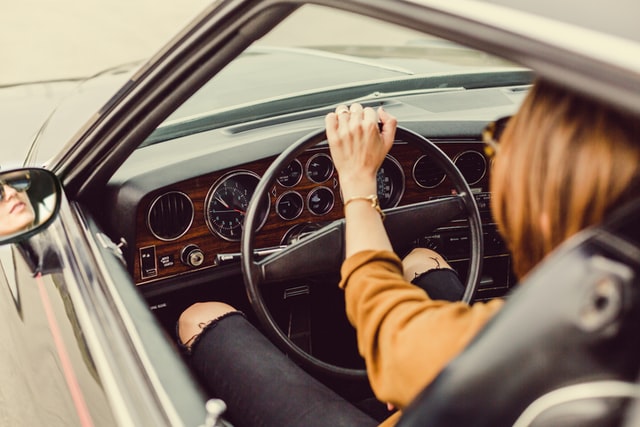
To be considered a classic, a car must be over 20 years old, good condition, and faithful to the original design. So age is an easy concept to understand, but what does good condition mean?
Finally, the car must match the original factory design as closely as possible. The vehicle should be in good working order, the body should not be rusted, the interior should be intact, the upholstery, floor, or header material should be entire, and the engine should run. None of these factors alone qualifies a car as a classic; all three elements must be present.
Classic cars over 20 years old are used for virtually everything from pleasure driving, restoration projects, and car shows. They usually have a 6-7 speed manual transmission and can go faster than vintage and antique vehicles. This classification includes many muscle cars and sports cars.
First of all, a car must be at least 20 years old from the end of production. Also, the vehicle in question must have at least 75% original parts. If it is less than 15 years old, it must be a unique piece due to its unique design and unit production.
The final provision raises the most controversy, as it is the only condition subject to subjective evaluation. Whether a given car can be given the rank of a historical monument is evaluated by conservators.
How have cars changed?
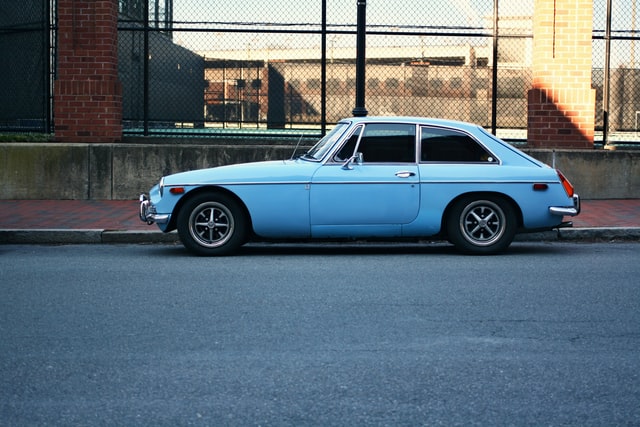
Much more famous was the Rocket, built-in 1829, created by two brothers, George, and Robert Stephenson. Since 1962 this historic vehicle can be found in one of London's museums. During one of the competitions, its maximum speed was 48 km/h.
The most popular vehicles to this day, which can also be found on the roads, are still combustion cars. Their prototype was developed in 1888 and introduced to the market by Carl Benz. It can be said that this was the beginning of a slightly more modern era in the history of motoring. In 1899, as many as 600 units of the model created by Benz were sold. Gradually, other innovations began to appear, such as front-wheel drive.
What does it take to make a car a classic?
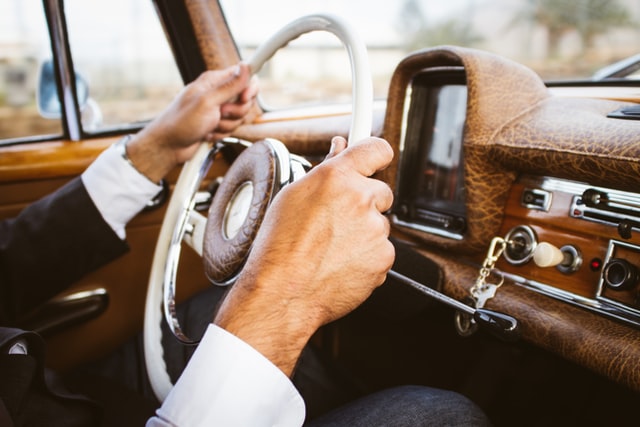
Now that you know what makes up a classic car, it's time to figure out what makes a valuable classic. There are FIVE primary considerations to take into account when determining the value of a classic vehicle:
- Condition: A classic car in good condition is worth more than a classic car that doesn't run.
- Rarity: How many were produced? How many are left?
- Popularity: the more popular the vehicle, the higher the demand, and the higher the request, the higher the value.
- Nostalgia - For many, the cars they know as classics are the ones they grew up with and first sought out when they began to appreciate cars. It's hard to argue with the emotional connections!
- Model quality: When it came off the assembly line, was it considered cheap or luxury?
Your classic car's value depends on how many or which of these standards it meets. For example, a limited production luxury vehicle in pristine condition can be precious. A top-rated, less expensive car with only a few leaves can also be valuable. A scarce car in poor condition can be of great value by the same token.
What makes a car a classic?
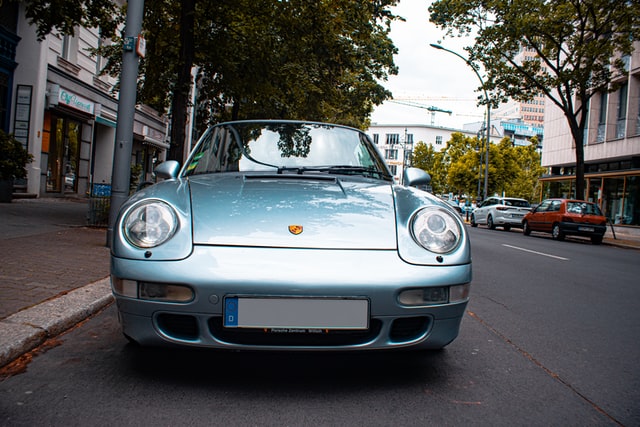
There is no definitive answer to what makes a car a classic. Earning classic status is about more than age - cars don't become one as soon as they reach 40. However, because 40-year-old vehicles are exempt from paying excise taxes (VED), this age is often used as a rough guide.
HMRC defines a classic as being over 15 years old with a list price of at least $20,000, but a classic must be at least 40 years old to be tax-exempt.
The Antique Automobile Club of America notes that classics must be more than 25 years old (with cars over 45 years old known as antiques), while insurers have many classifications.
When will today's cars become classic cars?
We see modern cars hitting the streets, but they too will have become classics by the year. It's a startling example of how quickly time passes as the cars we talk about today turn into the vehicles we'll remember tomorrow.
OK, enough existentialism for one article. The point is that classics are more than just cars. They are the foundation of the passing of time. They are works of art. And in the eyes of the insurer, they're best left in the park.
How much is my vintage car worth?

The value of your car depends on the individual make, model, and quality of restoration. A fully restored vintage vehicle can be worth a lot of money. However, a vintage car that still needs repair can be valued much less.
Does my classic car require specialty insurance?
Your classic car needs to be insured under an insurance policy. Ensuring your vehicle is under a collector's approach would be best. This will help you save up to 40% on your monthly rates.
Are vintage cars more expensive than classic cars?
Although vintage cars can be pretty expensive, you can sometimes find them at a lower price than classic cars. This largely depends on the make and model of the vehicle and the quality. You may be able to buy a vintage car for a great deal if you plan on restoring it yourself.
Is there a difference between a vintage and a classic?
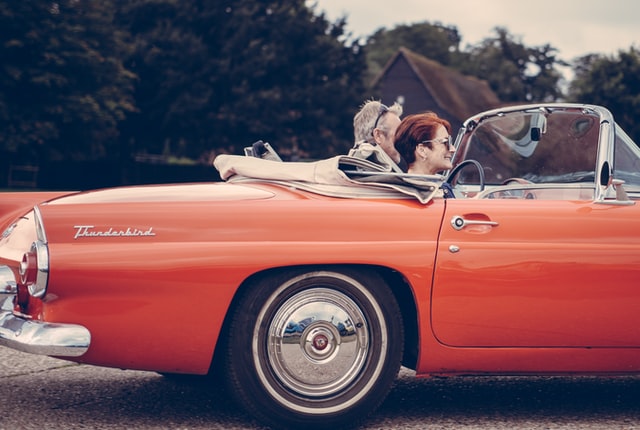
Classic Cars: Sometimes, classic and vintage cars are under the same tag by definition. But a fine line separates them. Cars that lie somewhere in the age range of 20 to 40 years are generally classic. Classic cars are expected to be as close to the manufacturer's design and specifications.
Modifications to vehicles result in a significant loss of value. The same even applies to engine modifications, replacement of factory accessories, and paint. Little by little, a car can lose its standing as a classic car if it undergoes too many improvements.
Original parts are essential
It is also crucial that a vintage vehicle have at least 75% original parts. Otherwise, it is legally considered not to be an actual car but a replica. It will not be a genuine vintage car. Therefore, if you are planning to buy a particular model to have it documented as an antique, it is best to visit the dealer with an expert who will be able to confirm the originality of the parts.
Which cars can become antiques?
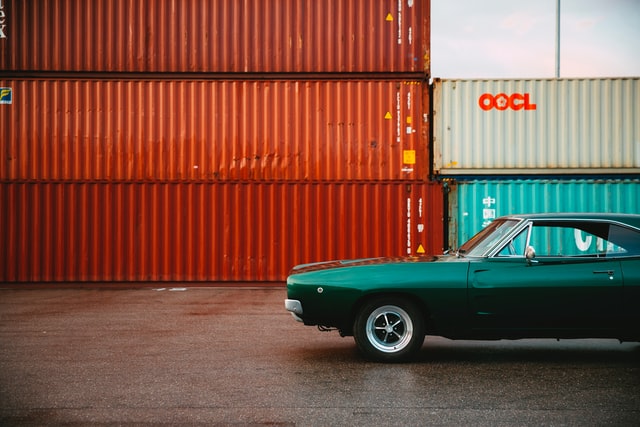
An appraiser can also declare a car a vintage if a particular vehicle is unique or essential to automotive history in some way, such as it was only issued in a minimal series. For this reason, the general rules are relatively fluid, and when the need arises, it is possible to get yellow plates for younger cars.
It is worth noting that vehicles that are definitely older and at least 40 years old are much more likely to be recognized.
Take care of the condition of a vintage car
Another advantage of owning a vintage car is avoiding regular vehicle diagnostics. Once you have done the vehicle's initial inspection, you will never have to do it again. However, you need to keep in mind that when you hit the road, you are still responsible for the condition of your car.
Suppose you get into an accident because of its poor condition. In that case, you become guilty of neglecting your car, which could involve taking away your registration certificate until you get your vehicle repaired.
The glints and shadows of vintage vehicles
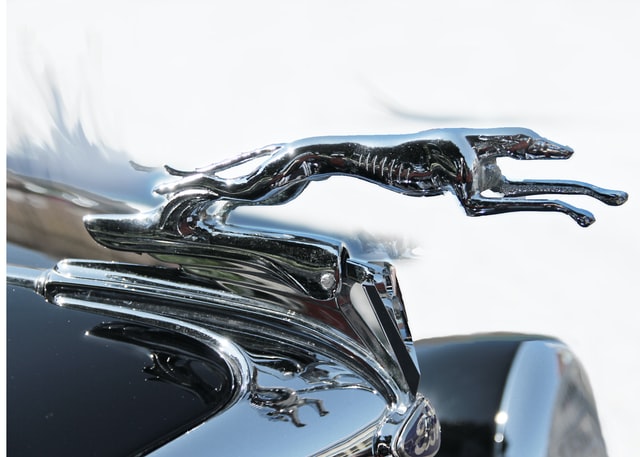
Unfortunately, such a vehicle in your own garage also comes with responsibilities. What should you know about the disadvantages of vintage cars? First of all:
- they must be restored under the supervision of a restorer;
- they cannot be used for commercial purposes;
- you have to pay for the whole car registration process.
The restoration of antique cars can become burdensome. When you own a vintage car, you must consult with a restorer for all work on it. This means that parts replacement will only be possible under his supervision. If it turns out that the car's broken engine, for example, needs a complete restoration, the whole process may be impossible.
In addition, vehicles that do not have an annual inspection cannot be used for commercial purposes, such as acting as a cab. So if you want to drive couples to weddings, it might be easier to forgo the yellow plates.




